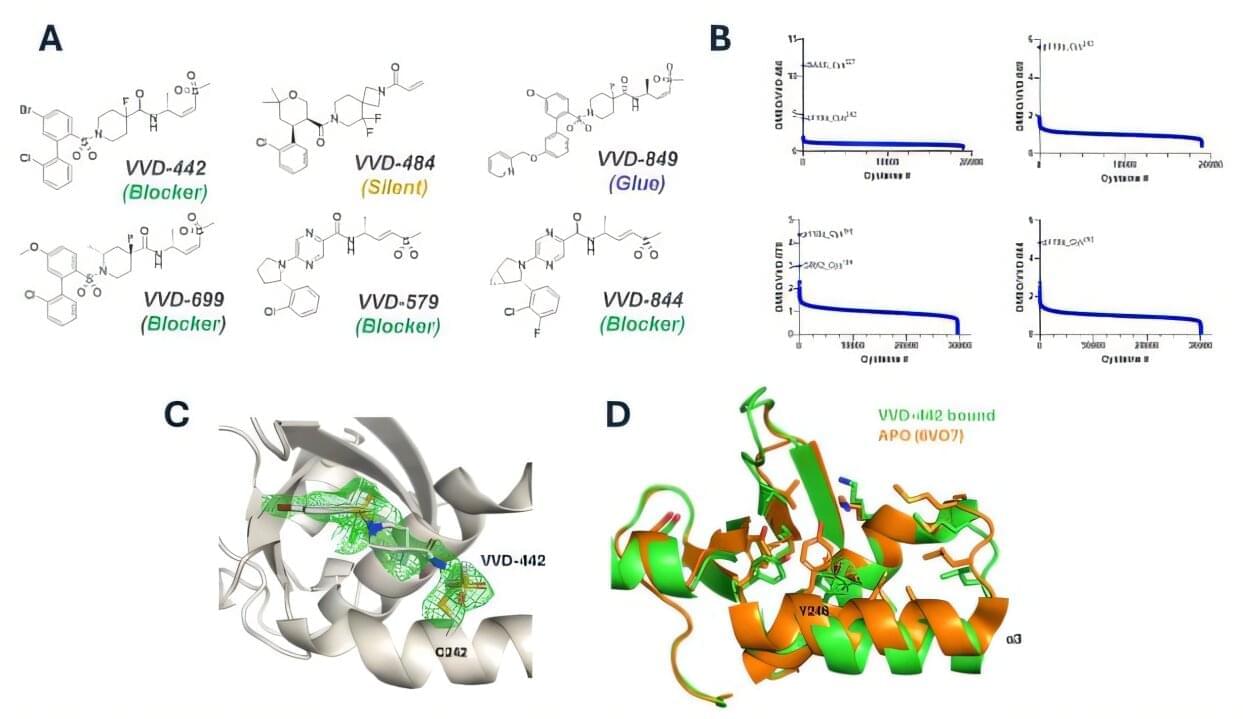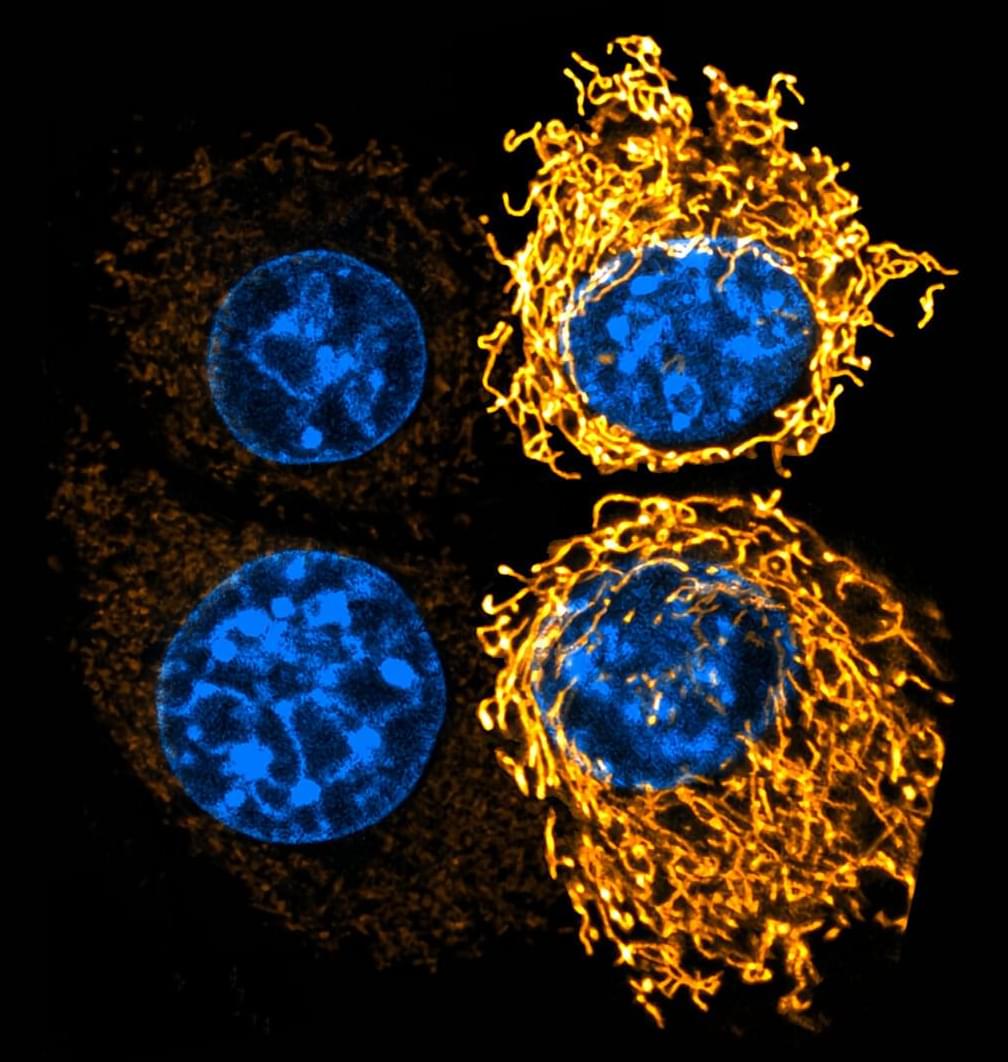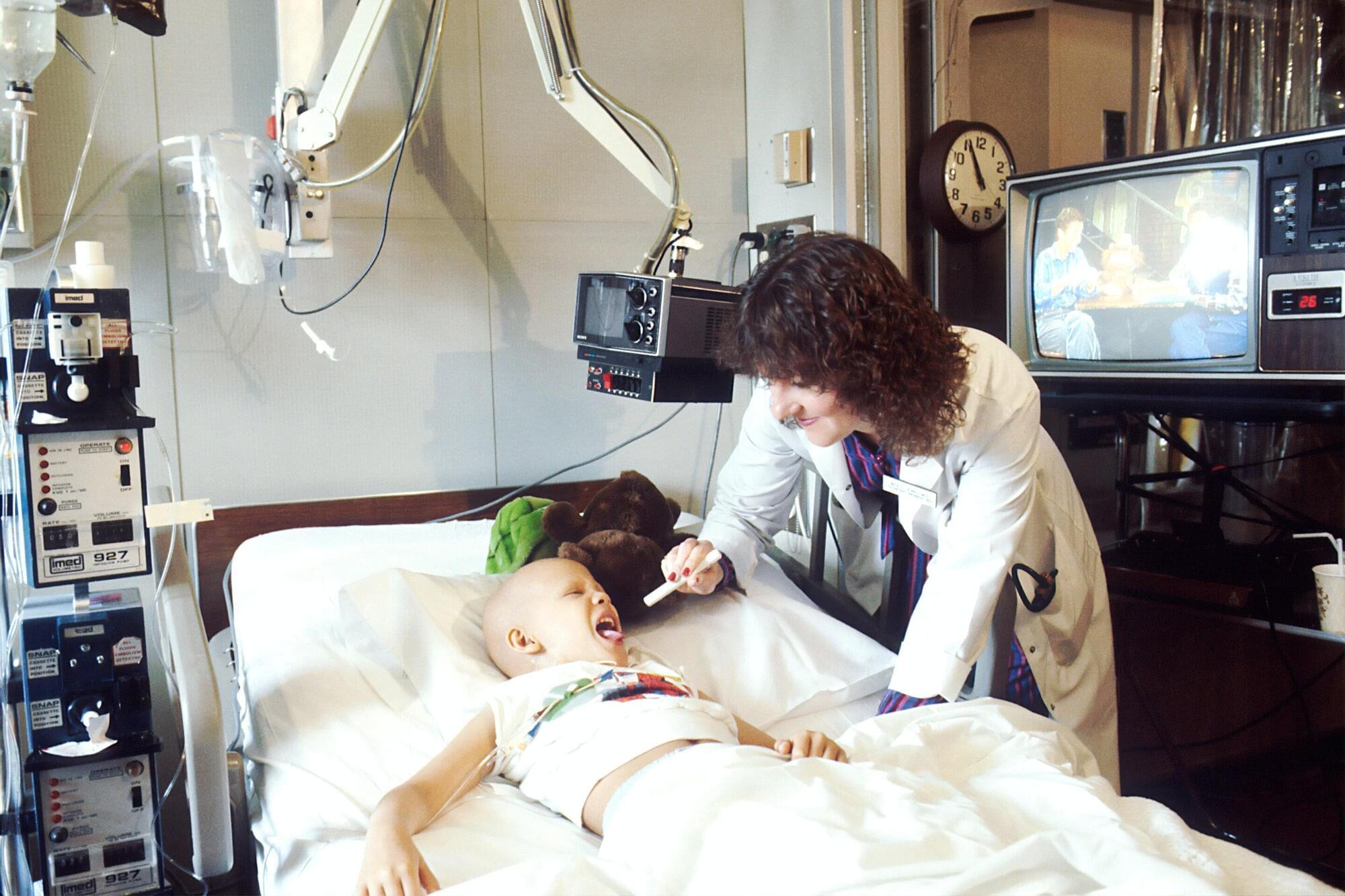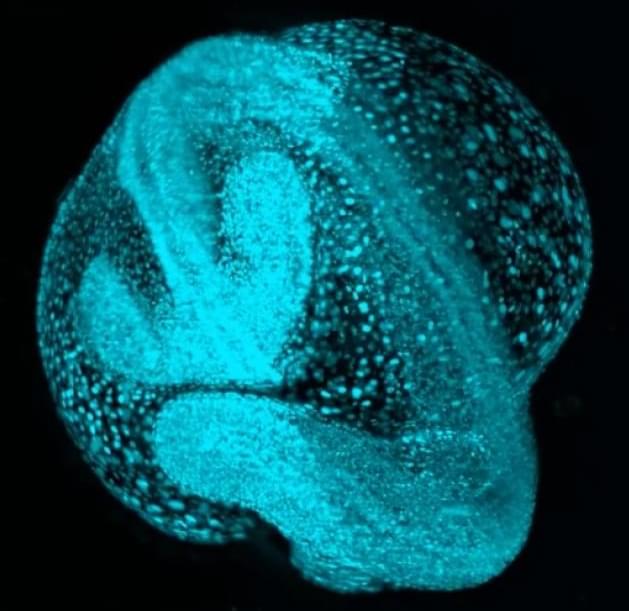Critical WordPress flaw CVE-2025–5947 exploited in 13,800 attacks lets hackers hijack Service Finder sites.





A new Android spyware called ClayRat is luring potential victims by posing as popular apps and services like WhatsApp, Google Photos, TikTok, and YouTube.
The malware is targeting Russian users through Telegram channels and malicious websites that appear legitimate. It can steal SMS meessages call logs, notifications, take pictures, and even make phone calls.
Malware researchers at mobile security company Zimperium say that they documented more than 600 samples and 50 distinct droppers over the past three months, indicating an active effort from the attacker to amplify the operation.

A cybercrime gang tracked as Storm-2657 has been targeting university employees in the United States to hijack salary payments in “pirate payroll” attacks since March 2025.
Microsoft Threat Intelligence analysts who spotted this campaign found that the threat actors are targeting Workday accounts; however, other third-party human resources (HR) software-as-a-service (SaaS) platforms could also be at risk.
“We’ve observed 11 successfully compromised accounts at three universities that were used to send phishing emails to nearly 6,000 email accounts across 25 universities,” Microsoft said in a Thursday report.

Researchers at the Francis Crick Institute and Vividion Therapeutics have identified chemical compounds that can precisely block the interaction between the major cancer-driving gene RAS and a key pathway for tumor growth.
Now entering the first clinical trial in humans, if found to be safe and effective, these drugs could be used to treat many different types of cancers while avoiding effects on healthy cells.
A gene called RAS, which kickstarts cell growth pathways, is mutated in around one in five cancers. Mutated versions of the gene lock the RAS protein in an activated state, telling the cancer cell to keep growing bigger and keep dividing.

Tumors are not a comfortable place to live: oxygen deficiency, nutrient scarcity, and the accumulation of sometimes harmful metabolic products constantly stress cancer cells.
A research team from the German Cancer Research Center (DKFZ) and the Institute of Molecular Pathology (IMP) in Vienna has now discovered that the acidic pH value in tumor tissue—known as acidosis—is a decisive factor in how pancreatic cancer cells adapt their energy metabolism in order to survive under these adverse conditions.
The results are published in the journal Science.

In the United States, significant numbers of adults with dementia require long-term care services. For example, around 750,000 people who live in nursing homes have a diagnosis of dementia. However, transportation insecurity for this population has not received sufficient attention. Although long-term care facilities provide basic medical services, residents with dementia often need external, preventative, and follow-up care such as specialist visits, diagnostics, and dental or vision services. Without reliable nonemergency medical transportation, these needs may go unmet.
To demonstrate the extent of this problem, Postdoctoral Research Scientist Soojeong Han, Ph.D., and her colleagues reviewed existing literature on non-emergency medical transportation services for individuals with dementia living in long-term care (LTC) facilities. The study, “Transportation Services in Society for Individuals Living With Dementia in Long-Term Care Facilities: A Scoping Review,” was published in the Journal of the American Medical Directors Association.
Their review found only five publications that mentioned this topic, and even then, only briefly. Across these studies, caregivers, health care professionals, and people with dementia consistently described nonemergency medical transportation as a critical need. Reported barriers included financial strain, rural-urban disparities, lack of continuity among transportation vendors, and dementia-specific challenges such as cognitive decline, stigma, and the need for caregiver accompaniment.
Tony Attwood and Eustacia Cutler with Chris Curry discuss Artificial Intelligence and autism.

Pushing the bounds of imaging isn’t new for the San Francisco Biohub and Imaging Institute. Both organizations have already taken down barriers to research by building imaging tools that don’t exist anywhere else, as well as creating pioneering cell atlases that have redefined how we understand health and disease.
One example is the San Francisco Biohub’s research on how zebrafish embryos develop over time. In order to capture video images of whole zebrafish embryos through various developmental stages, Biohub scientists built a custom microscope, along with novel software that can find and track the movement of each cell in the videos. The “Google Earth” of embryology resulting from this research is Zebrahub, which brings a new vision to developmental biology and helps us understand our own cellular origins.
Projects like Zebrahub require scientists from a host of different disciplines. Teams across the Biohub, along with interdisciplinary partners, worked to build the microscope, develop the cell tracking software and interpret the resulting images. The collaborative nature of this project isn’t unique to our research on zebrafish — it’s part of our philosophy, and we believe collaboration is critical to drive scientific advancement in all of our work.